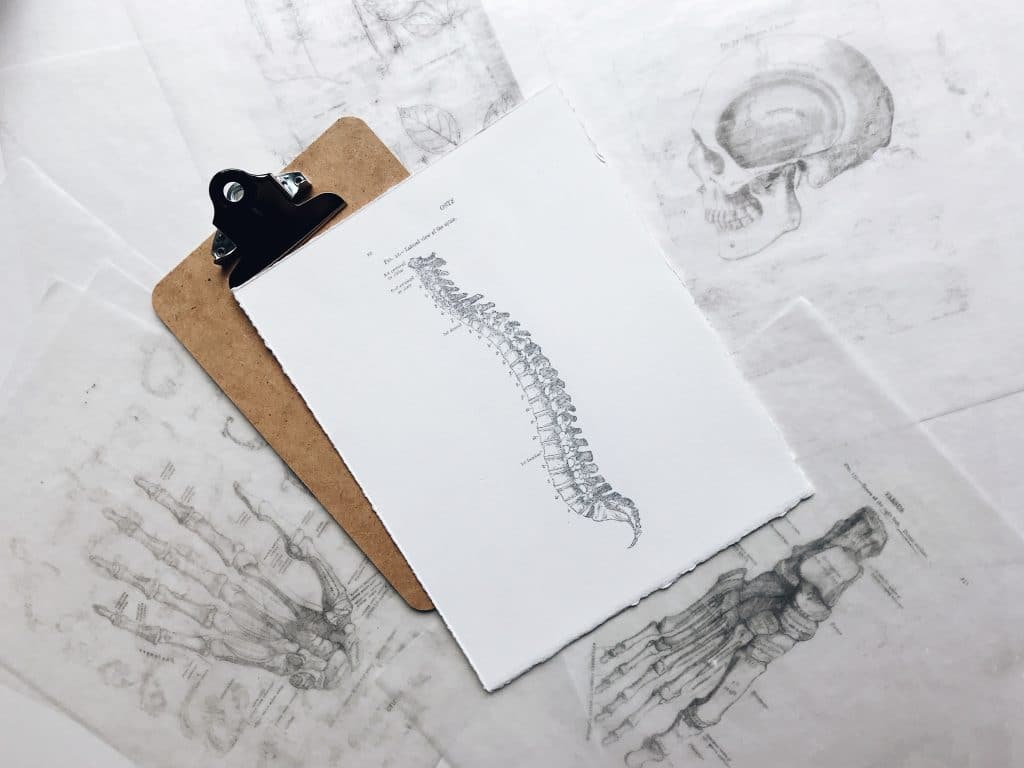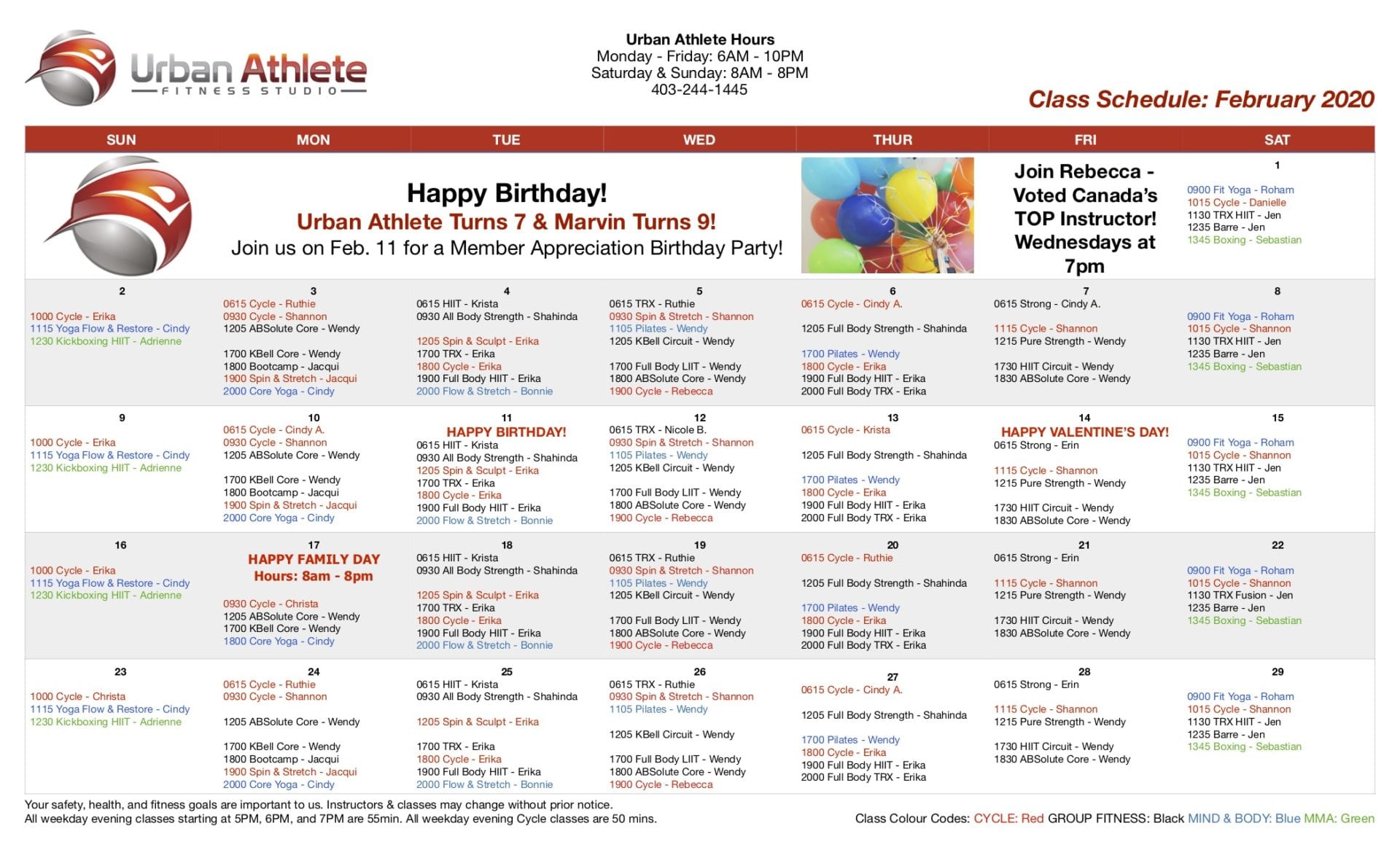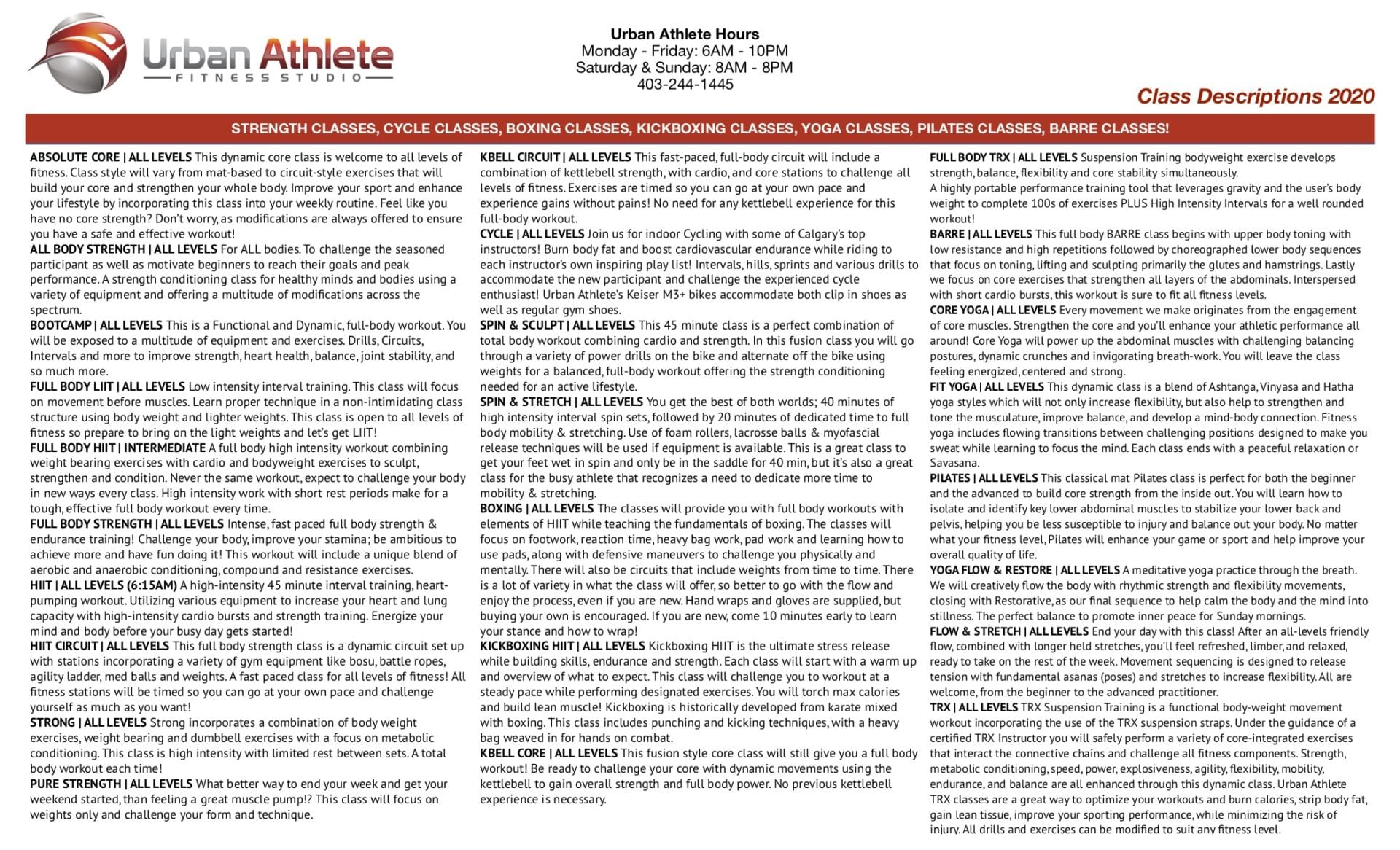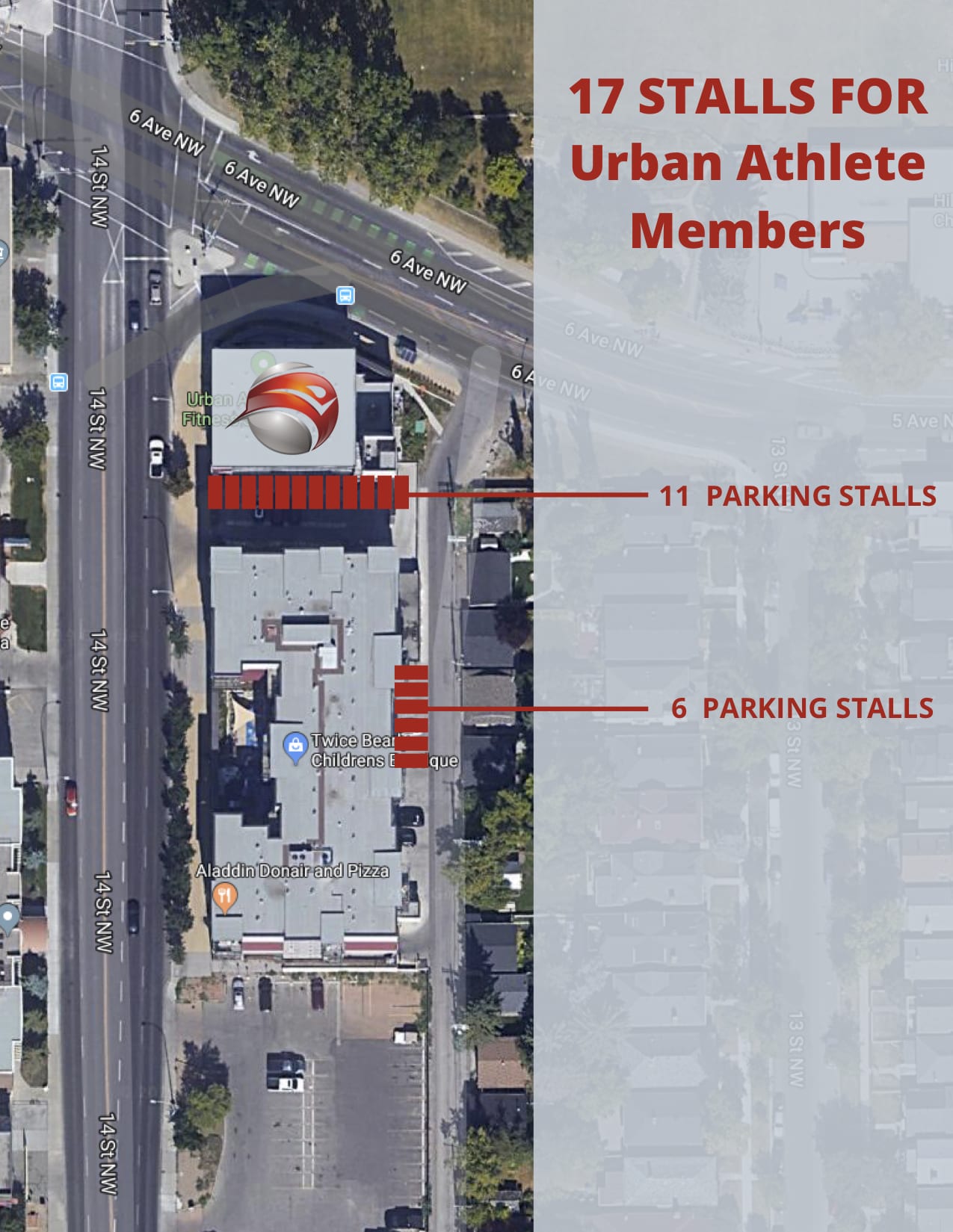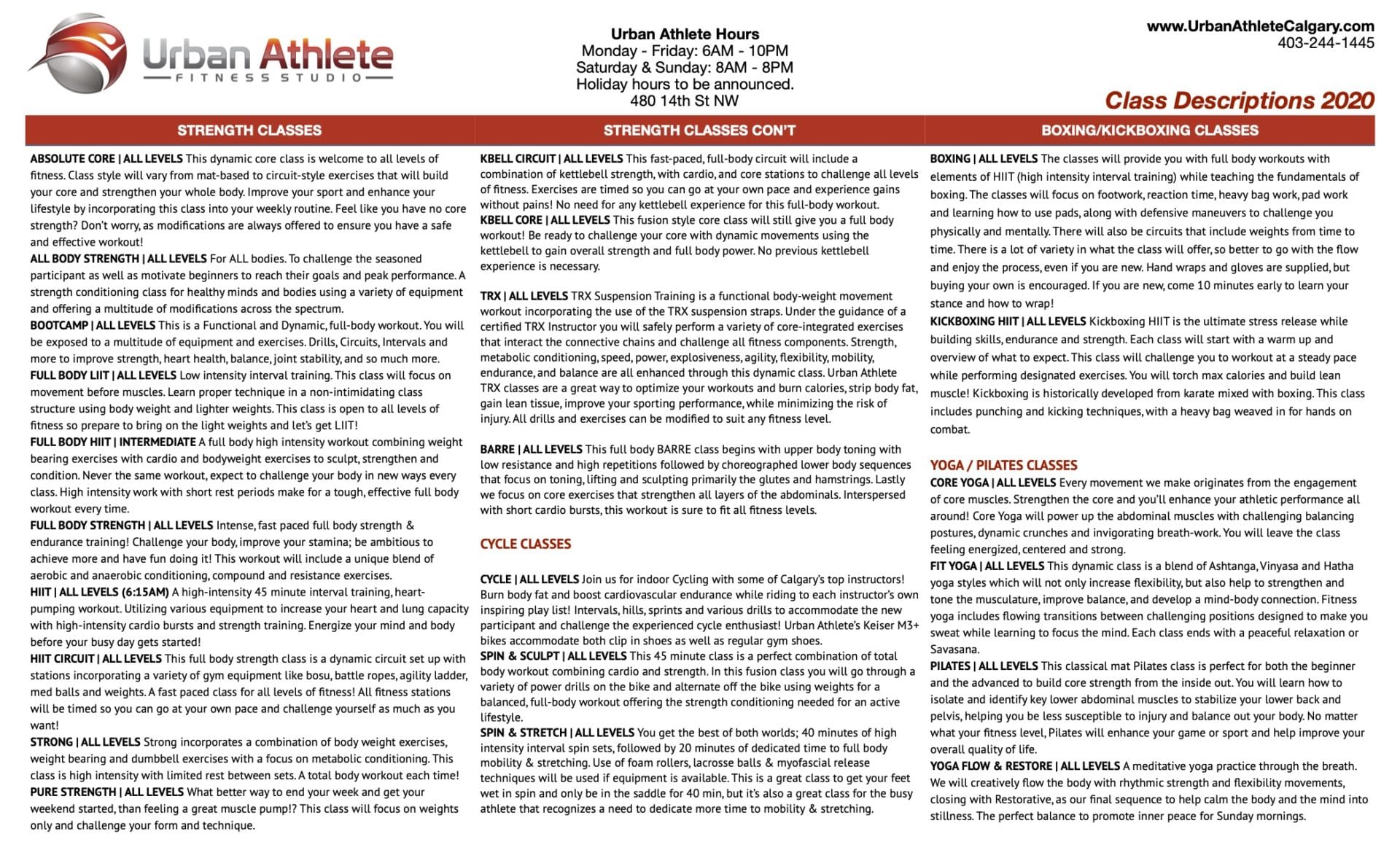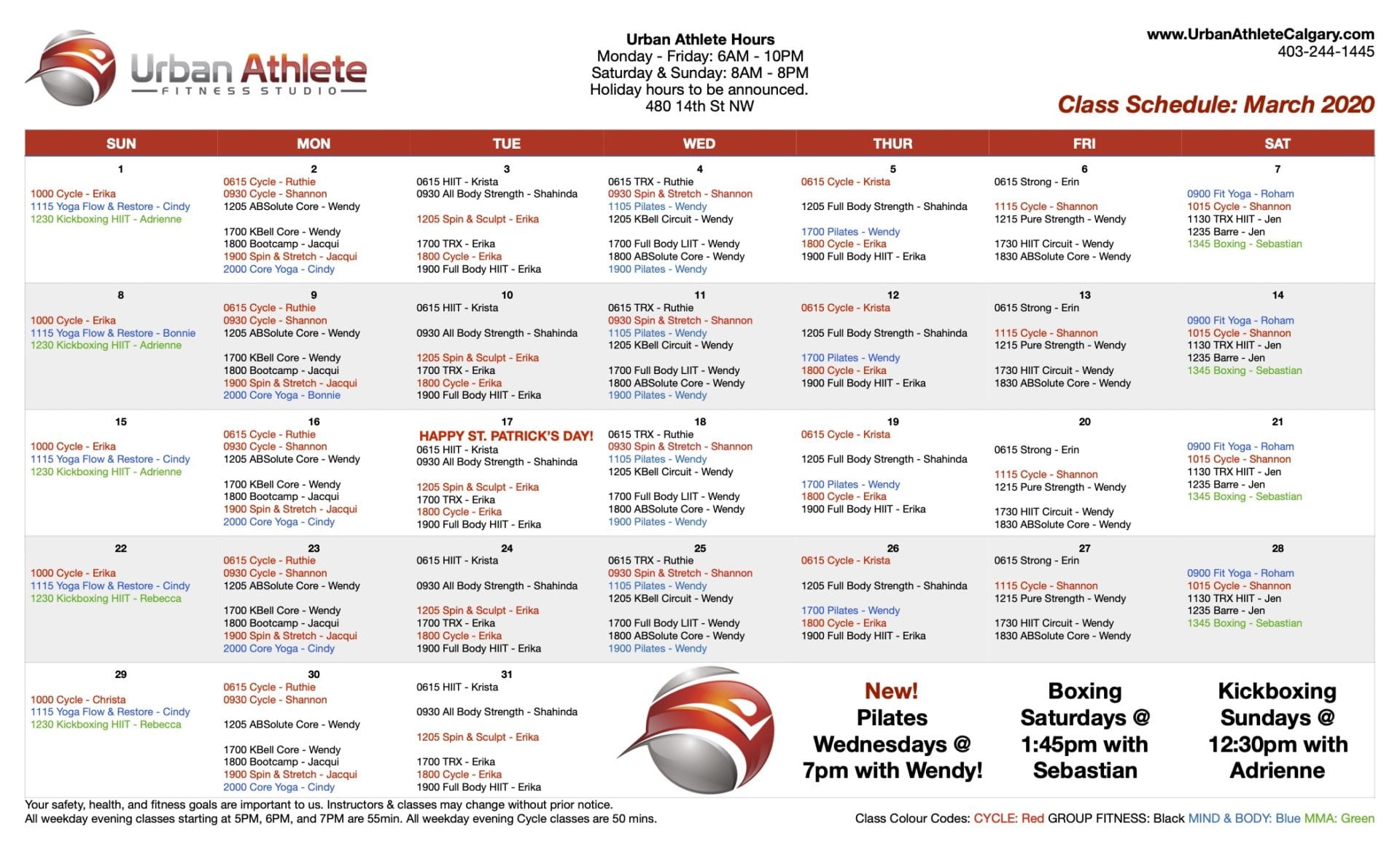Posture; What Does It Mean?
I like to keep it pretty simple, posture is the representation of your body’s alignment and symmetry. It can reveal the presence of pain, muscular imbalances, and even reveal an individual’s state of mind. It is a snapshot of your overall health & wellbeing.
Can I Change My Posture, Make Improvements?
Absolutely, it can take a lot of time and commitment but well worth the effort in the long term. We often think about correct or good posture as an image of perfect alignment. A completely erect spine, with our head stacked directly above our shoulders, maintained 100% of the time. To be very clear this is simply unrealistic.
We can, however, make improvements to our posture, lasting improvements that will positively impact our overall health. I think it is safe to say that postural improvements should be looked at in a holistic way, it’s not about having our postural muscles, (think of the deep muscles in your abdomen, pelvis and back), engaged 24/7. It’s about having an awareness of those muscles, and the ability of them to be strong, responsive and engaged when we need them to be.
Where to Begin?
There are several different modalities for assessing someone’s posture, but we are going to keep things simple with a clear process that should take no more than 5-10 minutes. Grab a family member or friend and your smartphone. Wear a shirt or top that allows your neck, and shoulders to be seen, as well as a pair of shorts and preferably no socks so that your ankles and feet can be observed. Standing in as natural a posture as possible, have your buddy take some pictures of your stance. (Attempt to get the full body in each picture, from the top of the head to the feet. If needed, take two pictures in each view, one of the upper body and one of the lower body.) You want to have a picture of you from the side, in profile. From both the right and left sides. Next a full view of you from behind, from the ground up. Lastly, another full view of you from the front. Once you have these images, take some time and really observe how you hold yourself. Lateral or side views – is your head and neck in neutral alignment, or is your head pushed in a forward position when standing? Posterior or from behind view – do your ankles line up with one another, are your calf muscles similar in size on each side, are your shoulders level or is one higher than the other? Anterior or from the front view – are your feet in a neutral position, do your knees fall out or inwards, can you see your thumbs?Now What Do I Do?
Now you have some solid reference material (the photos) of how you hold yourself, or in other words your posture. Taking photos is not meant to make you feel bad about a less than perfect alignment, they are meant to create awareness. After observing my own posture in photos, I noticed how much higher my right shoulder was compared with my left. After seeing this in the photo, I thought about whether I could actually FEEL this imbalance in my body? I definitely could. I had some recent headaches, and the range of motion of my right shoulder had been noticeably less than my left during certain movements. We can often dismiss imbalances or muscle tension as we go about our daily routines and workouts. What the series of pictures provides is visual feedback of the reality of your body’s held position in space. When you see that your shoulder is sitting 2 inches higher than the opposite, or you can see that your head is sitting in a pushed forward position, you can acknowledge that there are indeed some areas of improvement to be made. If these imbalances are causing any pain or discomfort, as in my case with headaches and muscle tension, then what do you have to lose by trying to create more balance?
Steps to Take Towards More Balance.
Once you have identified the area of concern or focus. (This could be as simple as, my neck often hurts, I always feel tight, I have tension headaches. Focus on the neck, so that you can reduce your symptoms of tightness and headaches.)Step 1 – With techniques like foam rolling, massage, or active release to target key muscles in the area that may be overactive or strained. Step 2 – Focus on creating length in those key muscles with static and dynamic stretching to improve mobility in that area. Step 3 – Then identify surrounding muscles that could benefit from activation and isolated strengthening. An example if you have tight, overactive upper traps it would be beneficial to focus on strengthening the rhomboids, and lats. Step 4 – You would want to integrate all of the work you have done into a dynamic movement and practice good movement patterns. Staying with the example of overactive upper traps, often with this condition pulling or rowing movements can become problematic, and the shoulders will elevate during the row. Whereas if the upper traps have been lengthened and tension reduced, the muscles intended to do the primary work of a back row (the rhomboids & lats) will activate and have the strength to perform the row or pulling movement, without the compensation pattern of shoulder elevation.
Practical Solutions for Improving Your Alignment
Set regular alarms as a reminder to change positions, take movement breaks throughout your day, focus on strengthening your back or posterior chain. Use more pulling exercises in your training program. Pressing movements bench/shoulder press can exacerbate poor posture by continuing to strengthen tight muscles. I think it’s important to be clear, I’m not saying that pressing or pushing exercises are bad or should be avoided. I’m simply saying that it is important to have balance in your program. We often focus on the muscles that we can see, and because of this fact, the back of the body can be overlooked or often ignored, thus creating imbalance and asymmetry. Be mindful. (After significant focus and work put into increasing activation and strength of my rear deltoids, and back musculature I was able to set a new PR in my bench press. Proof that the strength of the chest and back are synergists, not mutually exclusive!) Improve your work station, switch to a standing desk, elevating your computer screen to eye level can spare you from the need to hunch over your desk or smartphone.
The more often you implement these strategies, the quicker you will see changes in how you carry yourself. It is important to remember that if it took 10 years to develop forward head posture, it may take a series of months for our body to remodel and reverse the change. The great news is that we have the ability, will you seize the opportunity?

